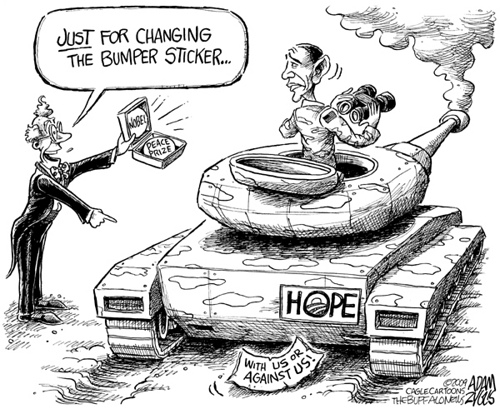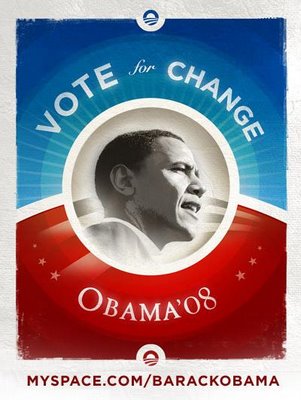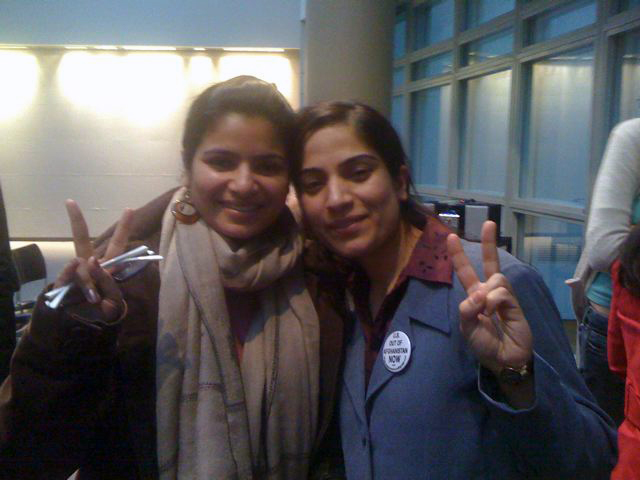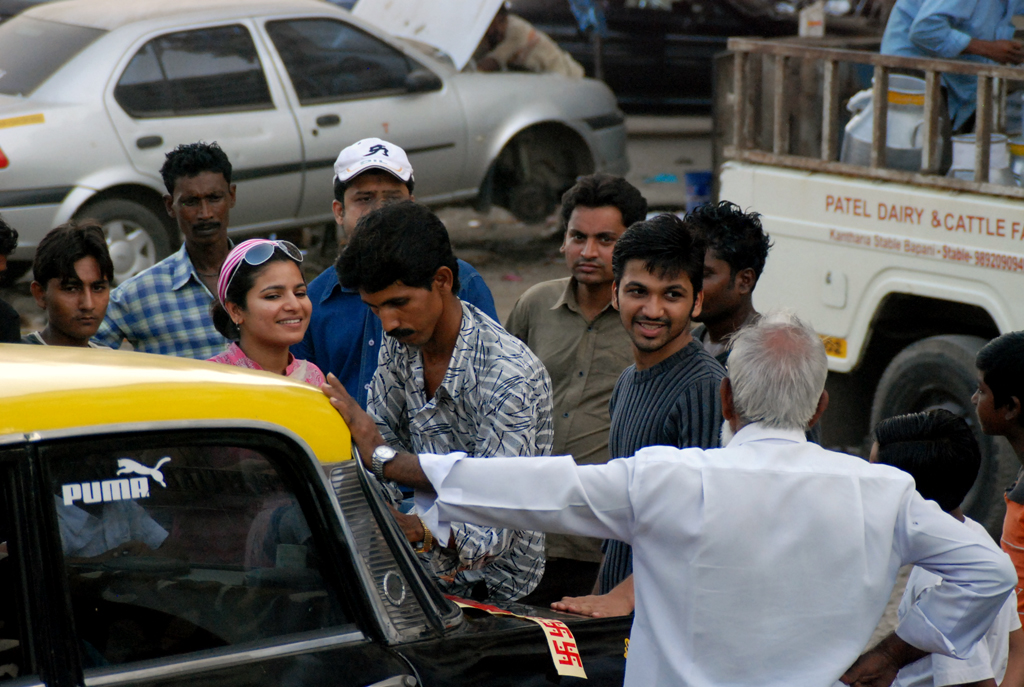The Taxi Takes wins it’s first Award
‘Women and Islam’ won the Best Documentary Prize at the Festival ArtDeco de Cinema at Sao Paolo in Brazil. Look at the Festival site, the Award ceremony looks like it must have been a lot of fun. I would have also gotten an excellent audience to talk to about my work and give out promotional gifts, as they call it in the marketing World – stickers!
This award has simply inspired me to think that I have to create more and expand this project of mine. The several short films(Women and Islam is one of them), should be stringed into a feature documentary. So I think that will be next for sure.
I am really glad that the film is challenging the notions of what it means to be a Muslim woman in today’s society. Islam and it’s role and preconceptions need to be analyzed and understood in a deeper way. Mainstream media always generalizes complicated matters such as these and the individual testimonies of unique and strong protagonists do not come to the surface in Islam’s contemporary narrative. To add to the heady mix, when you bring in gender then an age old rhetoric concerned with the status of Eastern women and discrimination is heard. The wars in Iraq and Afghanistan are being waged and perpetuated partially under the guise of liberating Afghani Muslim women – as we see in the video, many Muslin women are perfectly capable of helping themselves!
The West should get to witness and meet other women like Sameena who might wear a burkha but are taxi drivers bread earners, mothers, teachers and scholarly daughters and even risk their lives to stand for what they believe. Sameena did not see the burkha as repressive or constraining, but some of us make that assumption. I am glad that this film is getting the attention it deserves. I hope this fuels a larger dialogue around the world – if this inspires you, get in touch with me and let’s give your take!



















April 8th, 2010 at 10:40 am
I live in Malaysia, a predominantly Muslim country where, though it is not obligatory, many Muslim women choose to wear headscarves (locally called Tudongs)covering their hair, ears and throat. Many perhaps do so out of ‘peer pressure’ merely to conform to some perceived cultural norm.
My own personal opinion is that, from a purely aesthetic point of view, it is a pity to see these women covering their natural assets.
This is a dangerous form of reasoning, based purely on my own personal preferences. I could just as easily apply the same reasoning to say that it is a pity women cover their shoulders or cover their legs or… i think you see where this is going – it’s a slippery slope.
I used to live in Europe where, though it is not obligatory, many women choose to smear coloured pastes over their faces and paint unnatural colours on their eyelids, cheeks and lips. Many perhaps do so out of ‘peer pressure’ merely to conform to some perceived cultural norm.
March 7th, 2014 at 11:12 am
http://linkedin.us6.list-manage.com/subscribe?u=1cd1d5ec97&id=02f68bce05